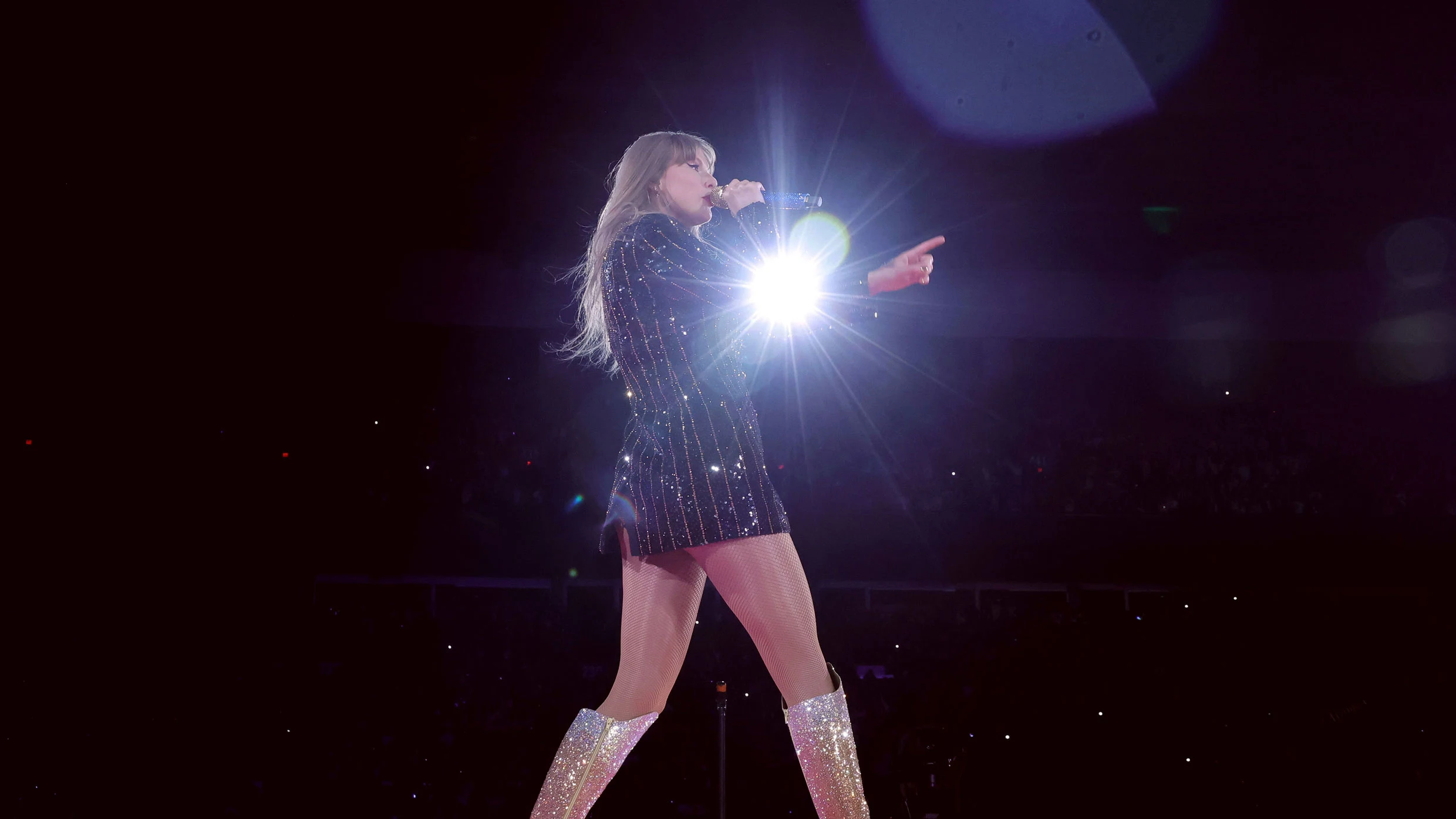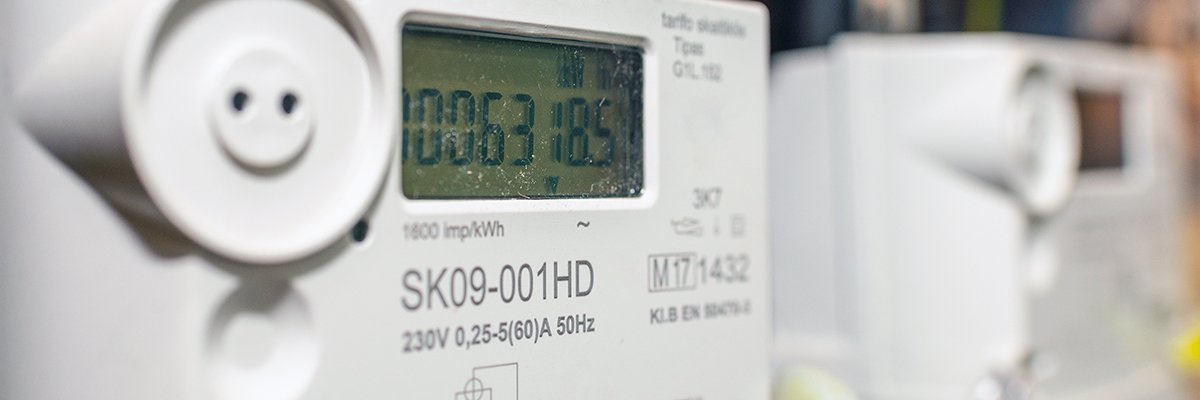fromwww.mercurynews.com
1 week agoHarriette Cole: I keep falling asleep at the office. How can I stay alert?
Start by getting a physical examination to make sure that your body is healthy. Talk to your doctor about how you are feeling, and ask for recommendations to support your new routine. Next, map out things you can do during the workday to up your energy. Typically, people get a bit lethargic after lunch and toward late afternoon. Can you take a 15-minute break right before you normally get sluggish and take a vigorous walk outside your building?
Mental health









